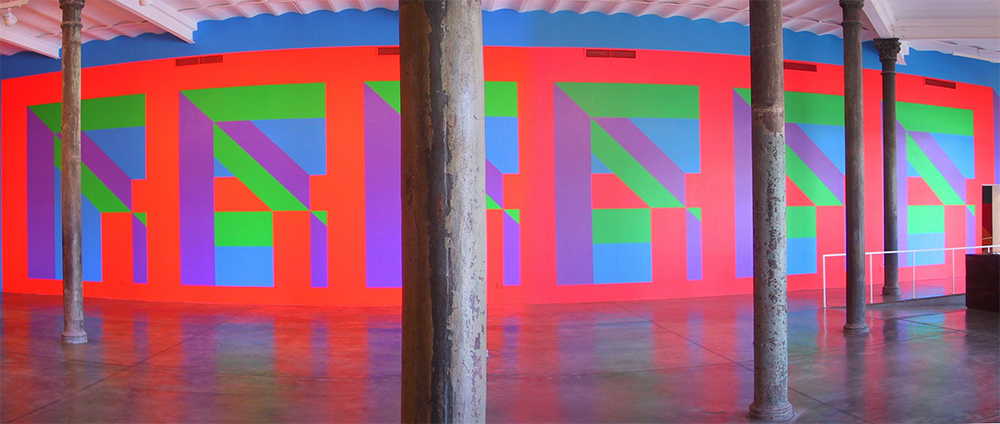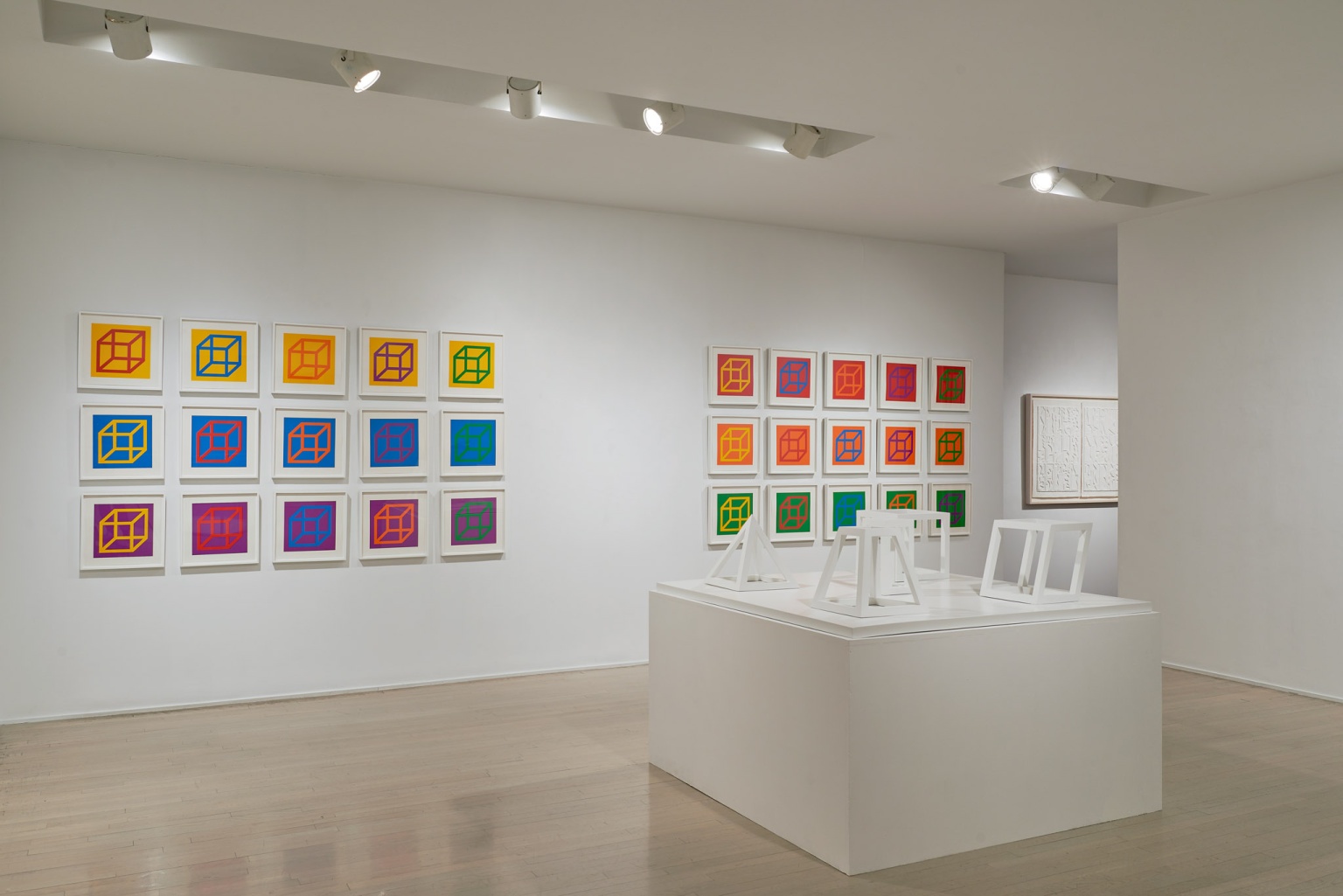

She was one of the easiest people I’ve worked with, and when I wanted to install in various sections of the lobby that are often not used, she said, “Do it, as much as you want!” I feel really grateful. She was open to me doing something new, which was great. Kelly Taxter saw the installation at Frieze with VI, VII, and we did a studio visit. How did the show at the Jewish Museum come about? We spoke about finding her way to grow and blossom as an artist and not be too much in the shadow of her accomplished father. They host residents of various disciplines in the former studios of her father and the artist Anna Mahler, who was a neighbor of the LeWitt’s and whose family is generously involved with the residency. Currently, she divides her time between New York and Spoleto, where she has utilized the family property to create an art residency called Mahler & LeWitt Studios. We met at the Jewish Museum, and she sipped LaCroix as we spoke about her work and the experiences that have led to where she is today. LeWitt is soft-spoken and reserved, with a slight frame and long brown hair that falls just below her shoulders. He had his first wall drawing at Paula Cooper Gallery, in their inaugural exhibition in 1968 ( at the time, he charged “per hour”), and then, ten years later, he had a retrospective at MoMA ( New York’s critic observed: “LeWitt’s cool, smooth impersonal textures repel intrusive questions and anecdotal digressions with inscrutable politeness.”) He currently has an exhibition of site-specific wall drawings called Lines in All Directions on view at Mignoni Gallery, accompanied by a few sculptures. Her father is the late minimalist and conceptualist Sol LeWitt, born 1928, who’d moved his family to Italy in the 1980s after finding success in Manhattan and needing a break from it. LeWitt, 33, was born in Spoleto, Italy, but grew up in Chester, Connecticut. LeWitt is also part of “Known: Unknown,” a group exhibition at the New York Studio School on view until December 2. The warm, autumnal colors of the work - hand-dyed by the artist - offer a moment of respite to the gathering gray of the New York City winter. Made out of Plexiglas and cast polyurethane foam, the work resembles floppy if somewhat abstract bundles of - yes - flowers. They came to be planted through an invitation of one of the museum’s curators, Kelly Taxter, who’d seen some of LeWitt’s previous work at Frieze New York, in the booth of her Oslo gallery, VI, VII, in 2017. Right now, on the walls of the lobby gallery of the Jewish Museum, there is a site-specific installation called Untitled (Flora), by Eva LeWitt.

Lippard, Veronica Roberts, and Kirsten Swenson.Eva LeWitt’s show Untitled (Flora) at the Jewish Museum. Veronica Roberts, Austin, TX: Blanton Museum of Art, and Yale University Press, 2014.


 0 kommentar(er)
0 kommentar(er)
